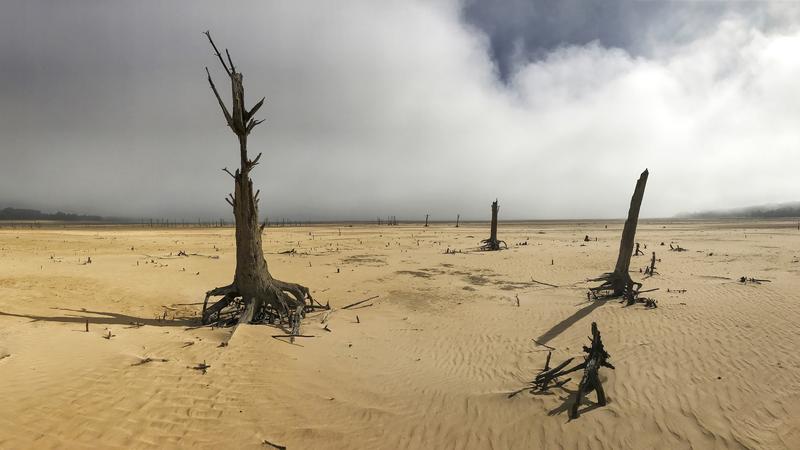limate change conjures up distant images of rising seas and cracking ice sheets, but in cities across the United States the effects of global warming are apparent as soon as you step outside.
It’s known as the “urban heat island effect,” and it refers to the pockets of intense heat captured by the concrete, asphalt, dark roofs and the dearth of foliage that define many American cityscapes.

Image from https://www.wkbn.com/local-news/why-do-roads-buckle-in-the-summer-heat_20180416111420615/1124909506
Why L.A. is coating its streets with material that hides planes from spy satellites - The Washington Post






